A new suggestion that complexity increases over time, not just in living organisms but in the nonliving world, promises to rewrite notions of time and evolution.


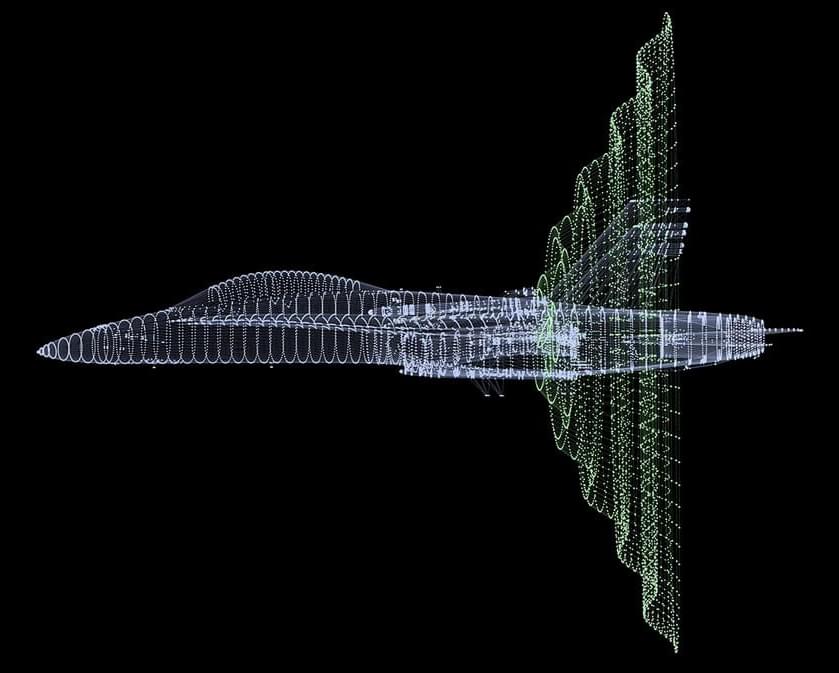
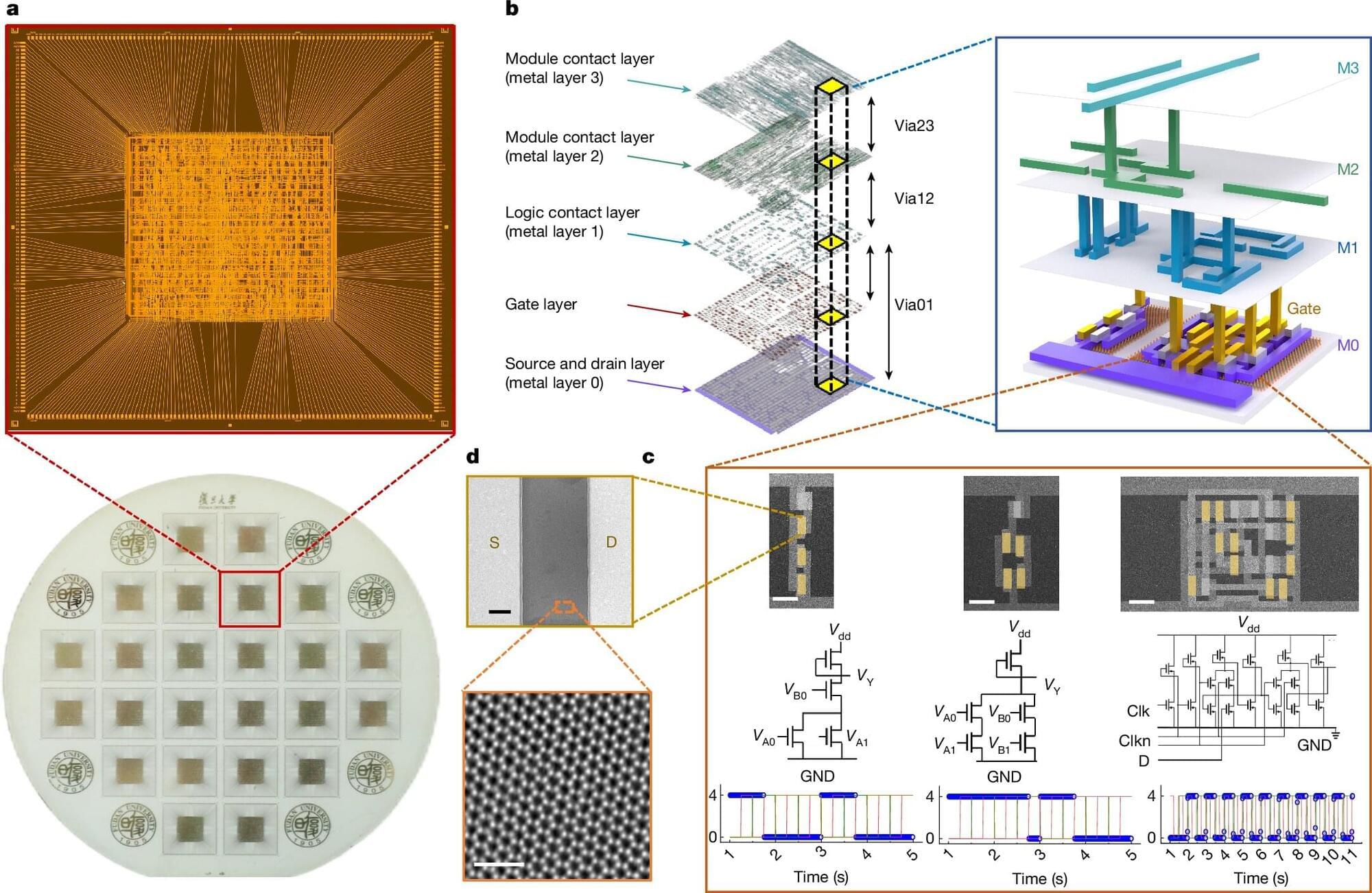
A team of engineers at Fudan University has successfully designed, built and run a 32-bit RISC-V microprocessor that uses molybdenum disulfide instead of silicon as its semiconductor component. Their paper is published in the journal Nature.
Most microprocessors are made using the semiconductor silicon, which has worked out well for several decades. But as researchers attempt to make processors ever smaller, they have run into a dead end with silicon—they cannot make it any thinner. Instead, many researchers have turned to 2D materials such as graphene, but this is challenging because it is a conductor, not a semiconductor.
In this new study, the research team used a nearly 2D semiconducting material, single-molecule sheets of molybdenum disulfide. These sheets are not truly 2D because they bond at an angle, resulting in a slightly zigzag surface. To make a processor out of them, they put them on a sapphire substrate.

The same dirt that clings to astronauts’ boots may one day keep their lights on. In a study published in Device, researchers created solar cells made out of simulated moon dust. The cells convert sunlight into energy efficiently, withstand radiation damage, and mitigate the need for transporting heavy materials into space, offering a potential solution to one of space exploration’s biggest challenges: reliable energy sources.
“The solar cells used in space now are amazing, reaching efficiencies of 30% to even 40%, but that efficiency comes with a price,” says lead researcher Felix Lang of the University of Potsdam, Germany. “They are very expensive and are relatively heavy because they use glass or thick foil as cover. It’s hard to justify lifting all these cells into space.”
Instead of hauling solar cells from Earth, Lang’s team is looking at materials available on the moon itself. They aim to replace Earth-made glass with glass crafted from lunar regolith —the moon’s loose, rocky surface debris. This change alone could cut a spacecraft’s launch mass by 99.4%, slash 99% of transport costs, and make long-term lunar settlements more feasible.
The world of robotics is undergoing a significant transformation, driven by rapid advancements in physical AI. This evolution is accelerating the time to market for new robotic solutions, enhancing confidence in their safety capabilities, and contributing to the powering of physical AI in factories and warehouses.
Announced at GTC, Newton is an open-source, extensible physics engine developed by NVIDIA, Google DeepMind, and Disney Research to advance robot learning and development.
NVIDIA Cosmos launched as a world foundation model (WFM) platform under an open model license to accelerate physical AI development of autonomous machines such as autonomous vehicles and robots.
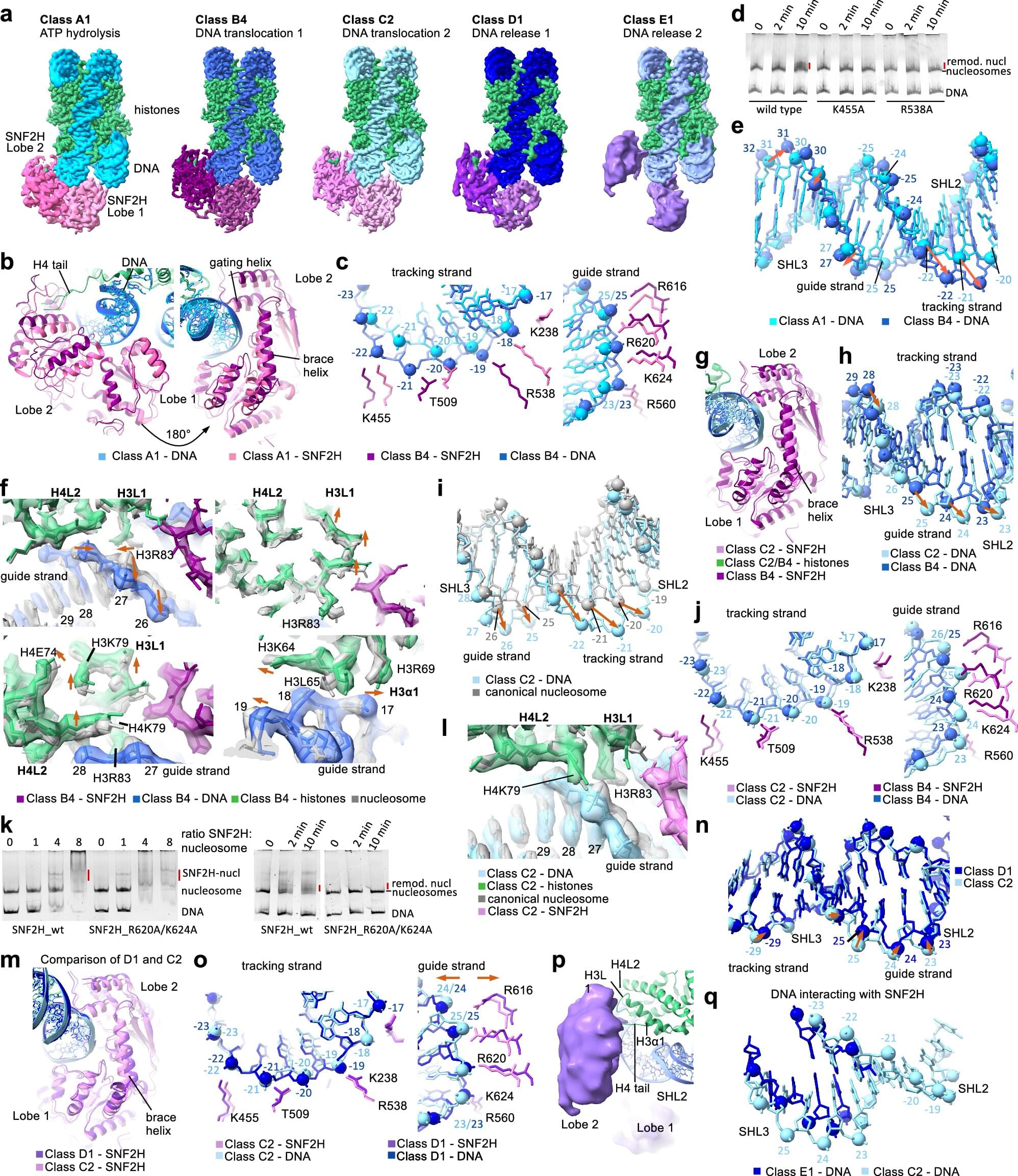
Chromatin remodeling plays a vital role in gene regulation, affecting how DNA is accessed. Disruptions in this process can also lead to cancer and other diseases.
To better understand how chromatin remodeling works, scientists at St. Jude Children’s Research Hospital used cryo–electron microscopy (cryo-EM) to obtain fine structural details of a human chromatin remodeler in action.
The researchers captured 13 structures that together offer a comprehensive view of how the remodeling enzyme SNF2H works, offering insights that are likely shared across other such enzymes. The work was published today in Cell Research.
Unitree’s G1 demonstrates a new level of robotic agility with a complex movement following an AI software update.
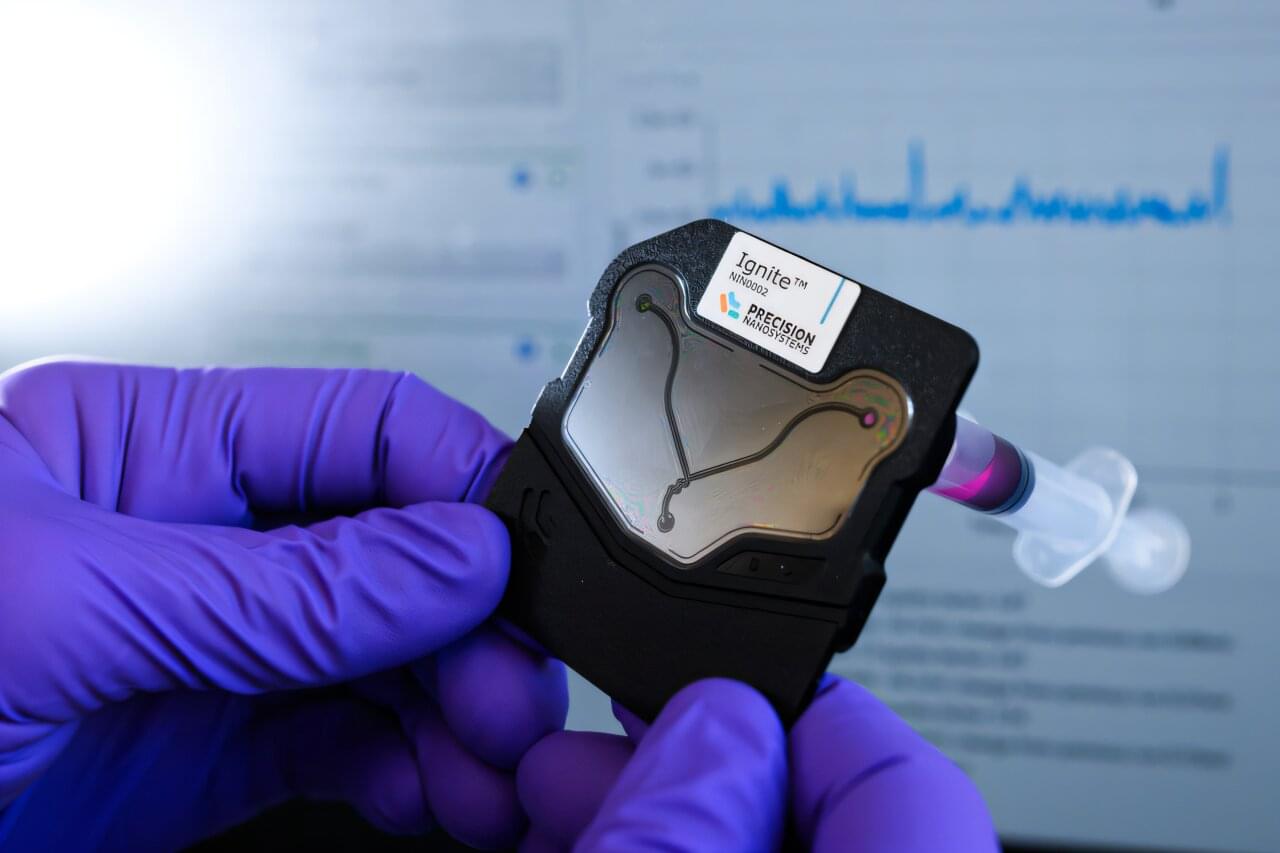
Polymer-coated nanoparticles loaded with therapeutic drugs show significant promise for cancer treatment, including ovarian cancer. These particles can be targeted directly to tumors, where they release their payload while avoiding many of the side effects of traditional chemotherapy.
Over the past decade, MIT Institute Professor Paula Hammond and her students have created a variety of these particles using a technique known as layer-by-layer assembly. They’ve shown that the particles can effectively combat cancer in mouse studies.
To help move these nanoparticles closer to human use, the researchers have now come up with a manufacturing technique that allows them to generate larger quantities of the particles, in a fraction of the time.

Differences in the distribution of certain proteins and markers in the brain may explain why some people first experience vision changes instead of memory loss in Alzheimer’s disease, finds a new study by UCL researchers.
Posterior cortical atrophy (PCA) is a rare form of Alzheimer’s disease that, rather than causing problems with memory, leads to difficulties with reading, navigating, and recognizing objects. Studies suggest that one in 10 patients with Alzheimer’s disease has a form which is visual, rather than memory-led.
As well as presenting with unusual symptoms, individuals with PCA typically develop symptoms younger than most people with Alzheimer’s disease, with onset usually in their 50s and 60s.
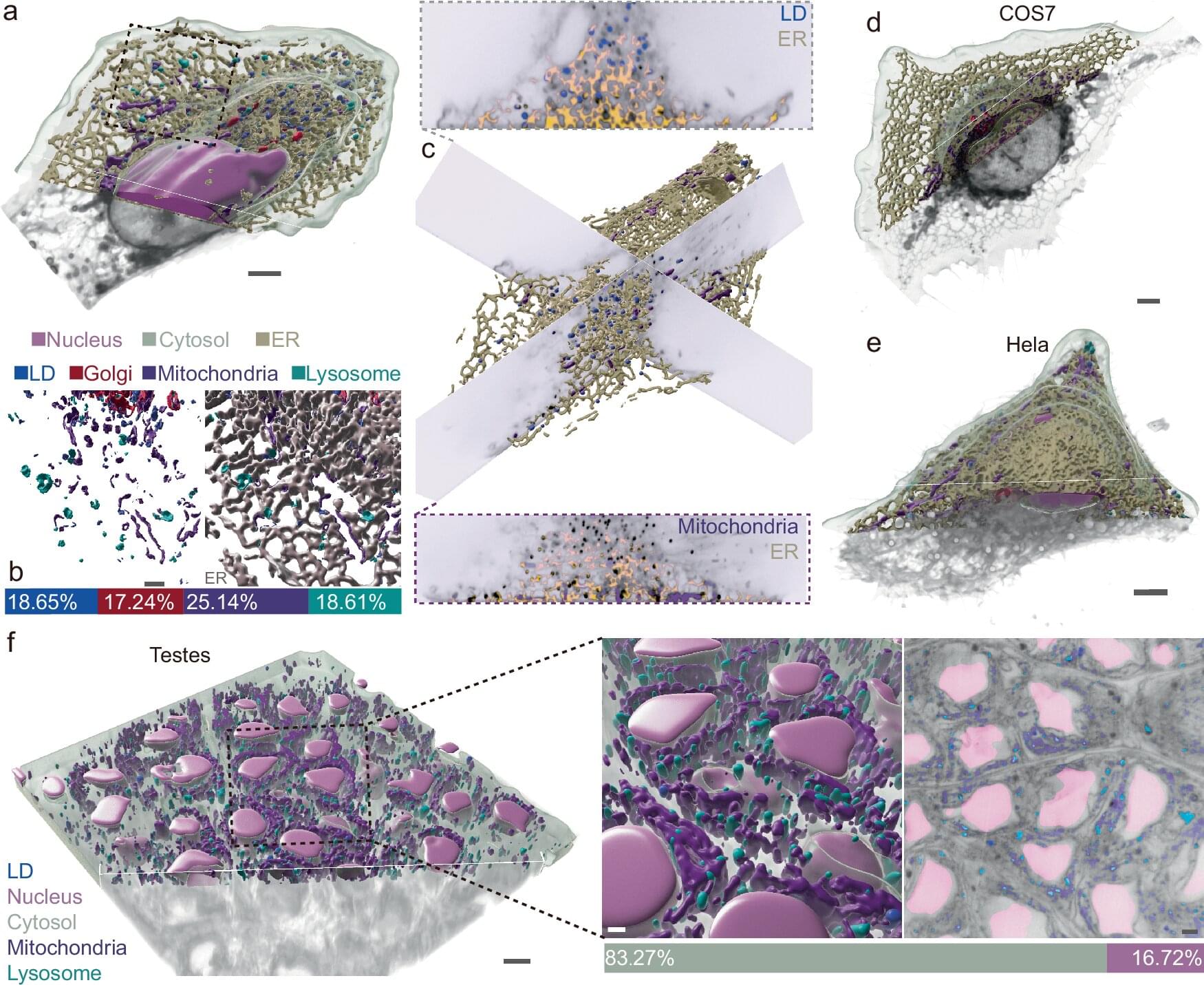
A breakthrough in imaging technology promises to transform our understanding of the inner workings of living cells, and provide insights into a wide range of diseases.
The study, recently published in the journal Nature Communications, unveils an innovative approach that combines super-resolution imaging with artificial intelligence and deep learning to reveal subcellular structures and dynamics. It was led by researchers from Peking University, Ningbo Eastern Institute of Technology and the University of Technology Sydney.
“It’s like taking an airplane over a city at night and watching all the live interactions,” said UTS Distinguished Professor Dayong Jin. “This cutting-edge technology will open new doors in the quest to understand the intricate world within our cells.”